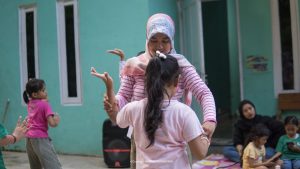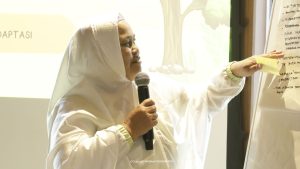Since August 2024, the Wadah Foundation has been a key player in the Sangiran Early Man Site area, fostering collaboration among the community, government, universities, and museums. This partnership aims to preserve global cultural heritage while promoting community prosperity. Through this collaboration, the community is expected to leverage its potential and address its challenges.
Sangiran, World Heritage and its Local Reality
The Sangiran Early Man Site, spanning approximately 5,921 hectares, has been recognized as a UNESCO World Heritage Site (No. 593) since 1996. This site has yielded numerous significant fossils, including those of Meganthropus Palaeojavanicus and Homo Erectus. These discoveries represent crucial milestones in human evolution, culture, and environmental history over the past 2.5 million years.
Sangiran administratively includes 25 villages across Sragen and Karanganyar Regencies, notably Manyarejo Village, which is renowned for its rich archaeological fossil finds. While Sangiran is a source of national pride, its status as a world heritage site has not significantly improved the welfare of the Manyarejo community. Many residents perceive the site preservation regulations as hindering village development and driving young people to migrate. However, Manyarejo Village possesses substantial potential, suggesting that with proper management, conservation and development can coexist harmoniously.
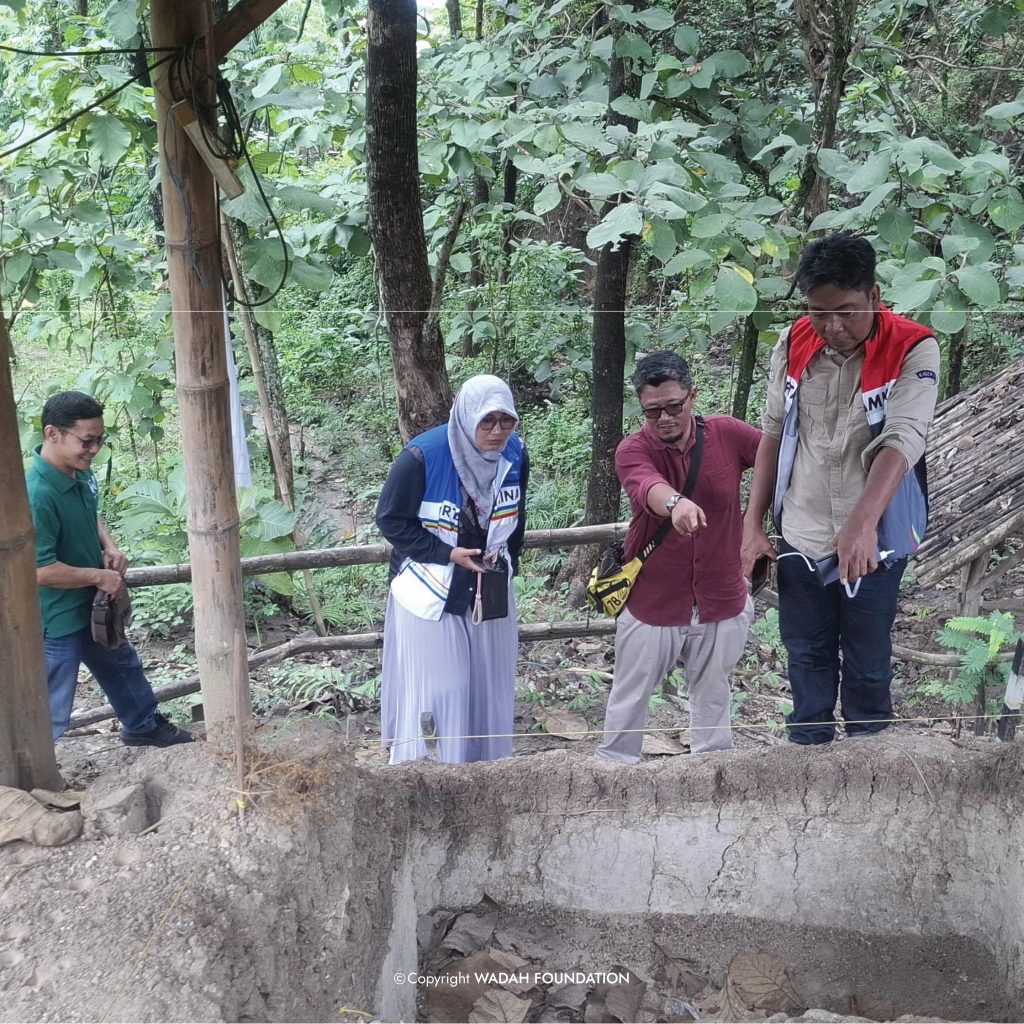
Wadah Foundation Completes the Pillars of Collaboration
In August 2024, the Wadah Foundation established a presence in Manyarejo Village, coinciding with the Indonesian Integrated Archaeological Research (PATI) program, a collaboration led by the Arsari Djojohadikusumo Foundation (YAD) along with various partners.
Manyarejo Village is known for its fossil discoveries and has initiated a collaborative program based on three key pillars:
1. The Village- Engaging youth art preservationists and fossil rescuers.
2. The Campus – Involving intellectuals and artists who focus on community development.
3. The Museum – Representing government efforts in preservation and conservation.
These three pillars work together to promote both preservation and development. To further enhance these efforts, the Wadah Foundation and YAD collaborated to establish a fourth pillar: a social institution dedicated to human resource development. This initiative reflects a commitment to the village’s potential, emphasizing that site preservation must coincide with human development.
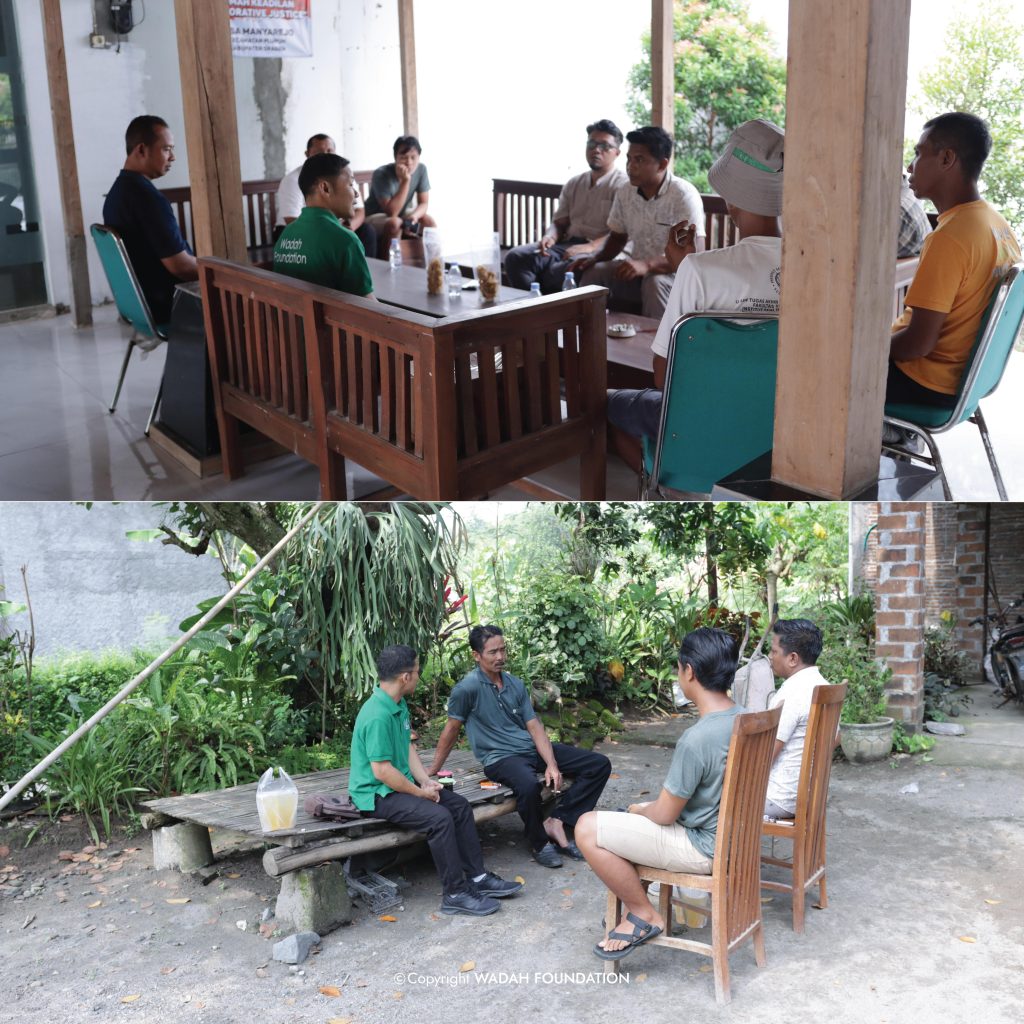
PKTS Program, a Collaboration for Prosperity
The Sangiran area is distinctive as its residents coexist with a world cultural heritage site, creating both challenges and opportunities. The Wadah Foundation aims to support the community’s creative initiatives and help them achieve their goals. This collaboration is realized through the Sangiran Integrated Cultural Program (PKTS), a joint effort between the Wadah Foundation and the Arsari Djojohadikusumo Foundation.
PKTS is a collaborative multi-stakeholder program aimed at cultural preservation and supporting communities toward independence and prosperity. From 2024 to 2028, the focus will be on Manyarejo Village in Sragen, addressing both cultural preservation and socio-economic development.
In this initiative, the village government and community serve as the primary actors, while other participants, including academics, business leaders, and the media, act as supporters and facilitators. All activities are guided by a jointly formulated work program.
Some of the collaborative activities undertaken include PATI (Indonesian Traditional Arts and Culture), revitalization of Empu Balung’s house, organizational management training, training for biogas installation technicians, economic sector assessments, and study visits. All involve the village government, universities, the Rural Technology Development Institute (LPTP), and businessmen.
One successful example is the training of biogas installation technicians. The process began with a joint assessment, followed by a study visit, and was supported by community land. This training resulted in five skilled workers, who now utilize biogas for cooking while the waste is repurposed as organic fertilizer. As a result, this initiative not only enhances skills and creates business opportunities but also reduces household costs and improves environmental health. The collaboration underscores the importance of full participation and decision-making through deliberation.
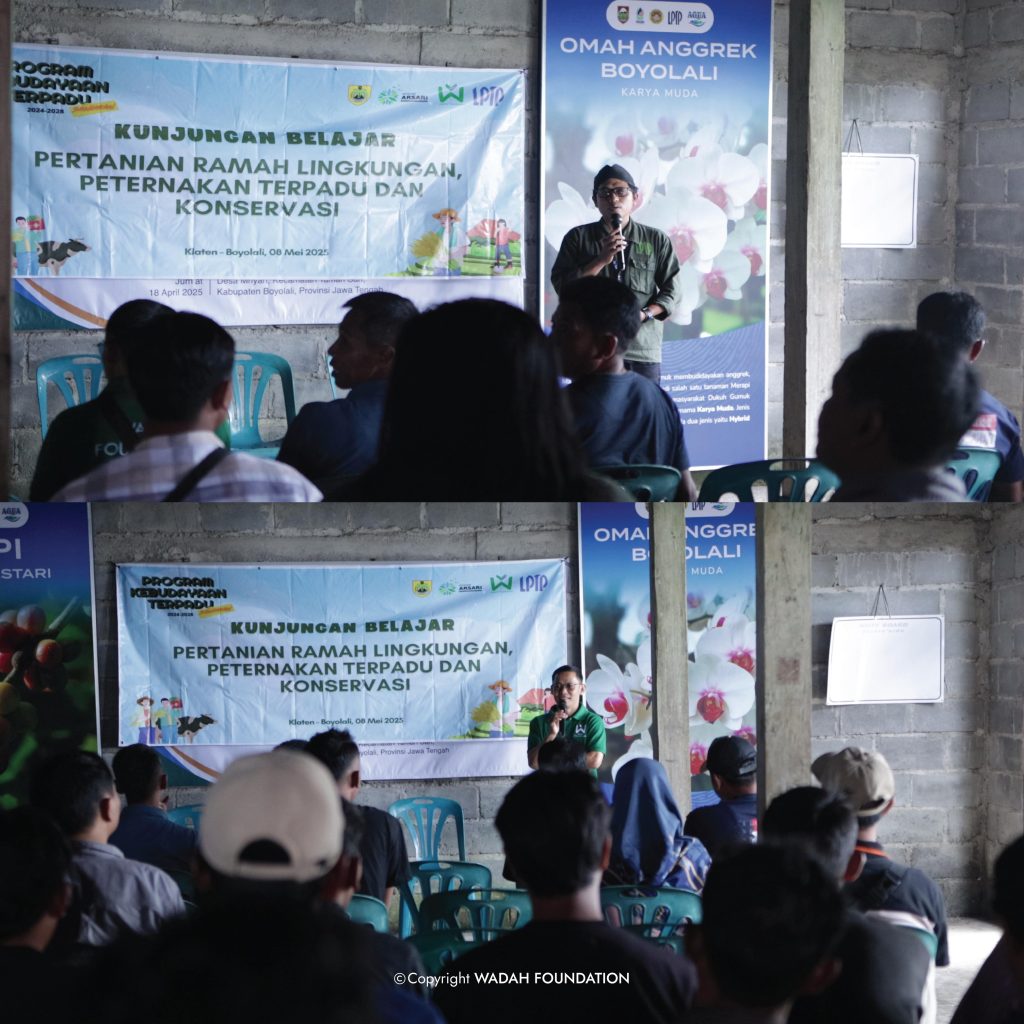
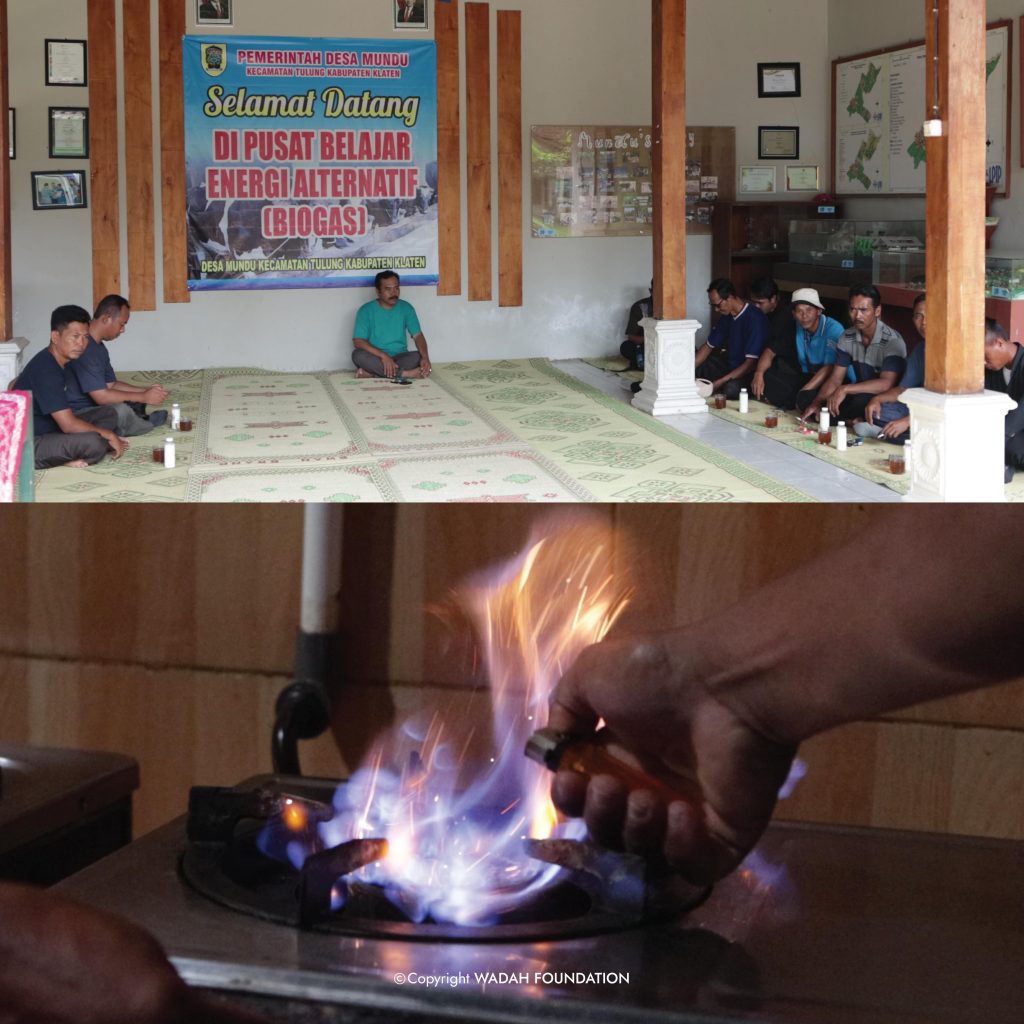
Challenges and Dynamics in Mentoring
To ensure the program’s relevance to community needs, it is essential to recognize that this is a dynamic process. This requires awareness from all parties involved and flexibility from the facilitator in developing effective mentoring methods. Understanding the community as the focal point of the program, with its unique values and way of life, is crucial for success. The facilitator’s role is to guide the achievement of goals, and the effectiveness of collaboration can be measured by the tangible benefits experienced by the community.
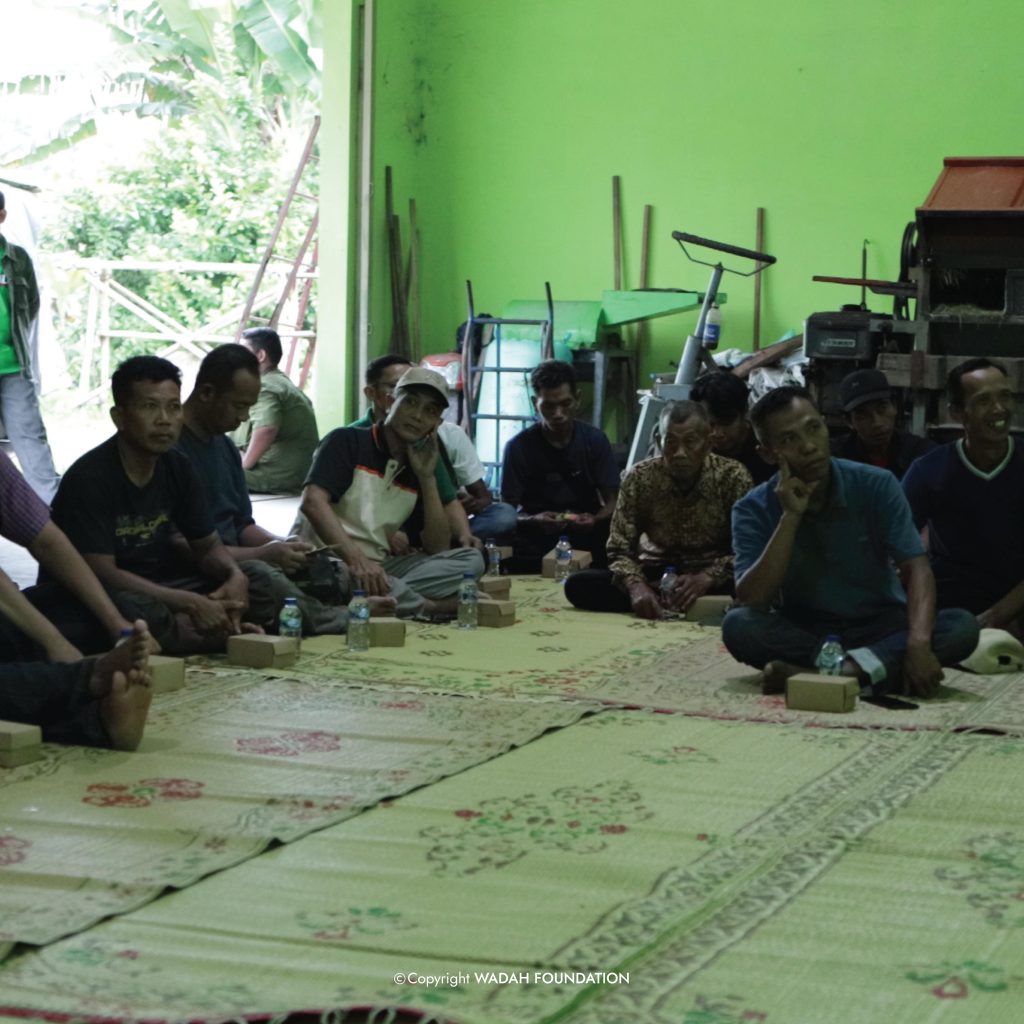
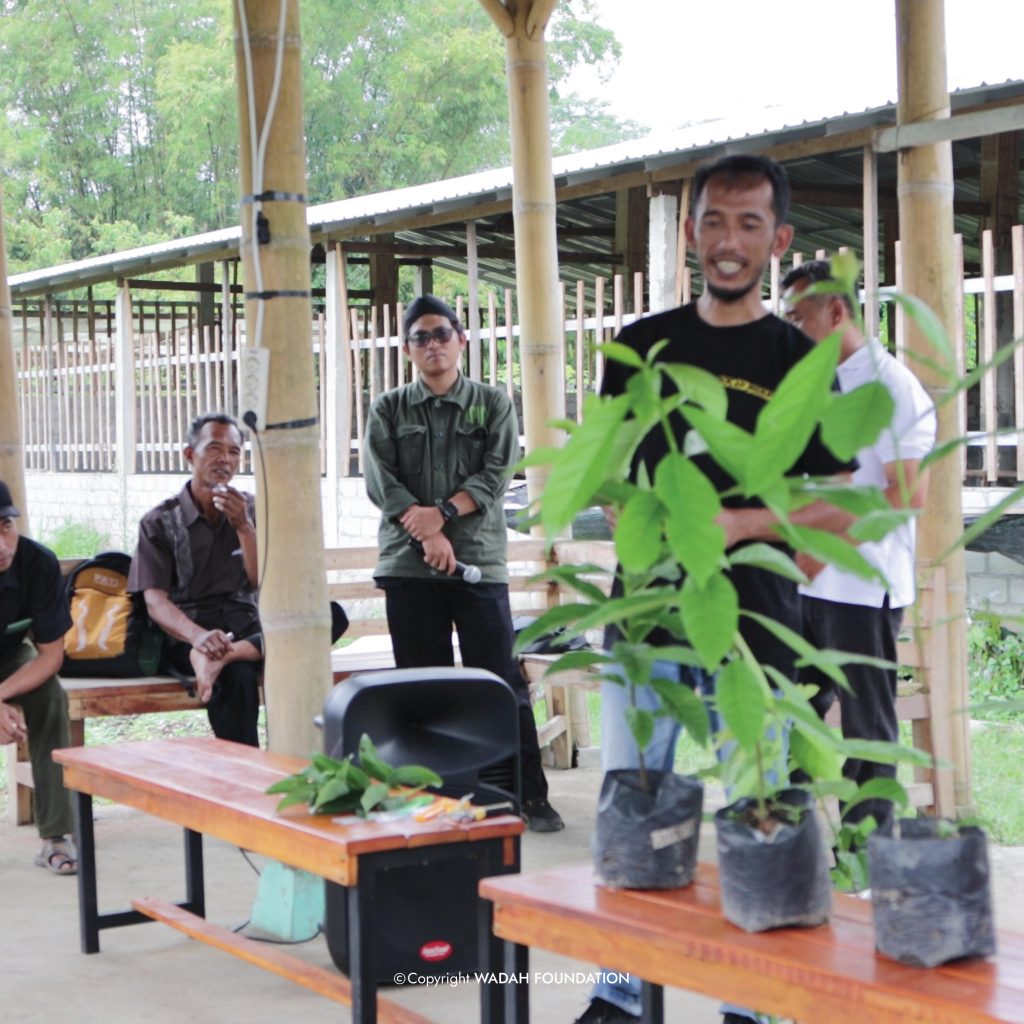
Author: Adi Hermawan
Editor: Zul Herman


